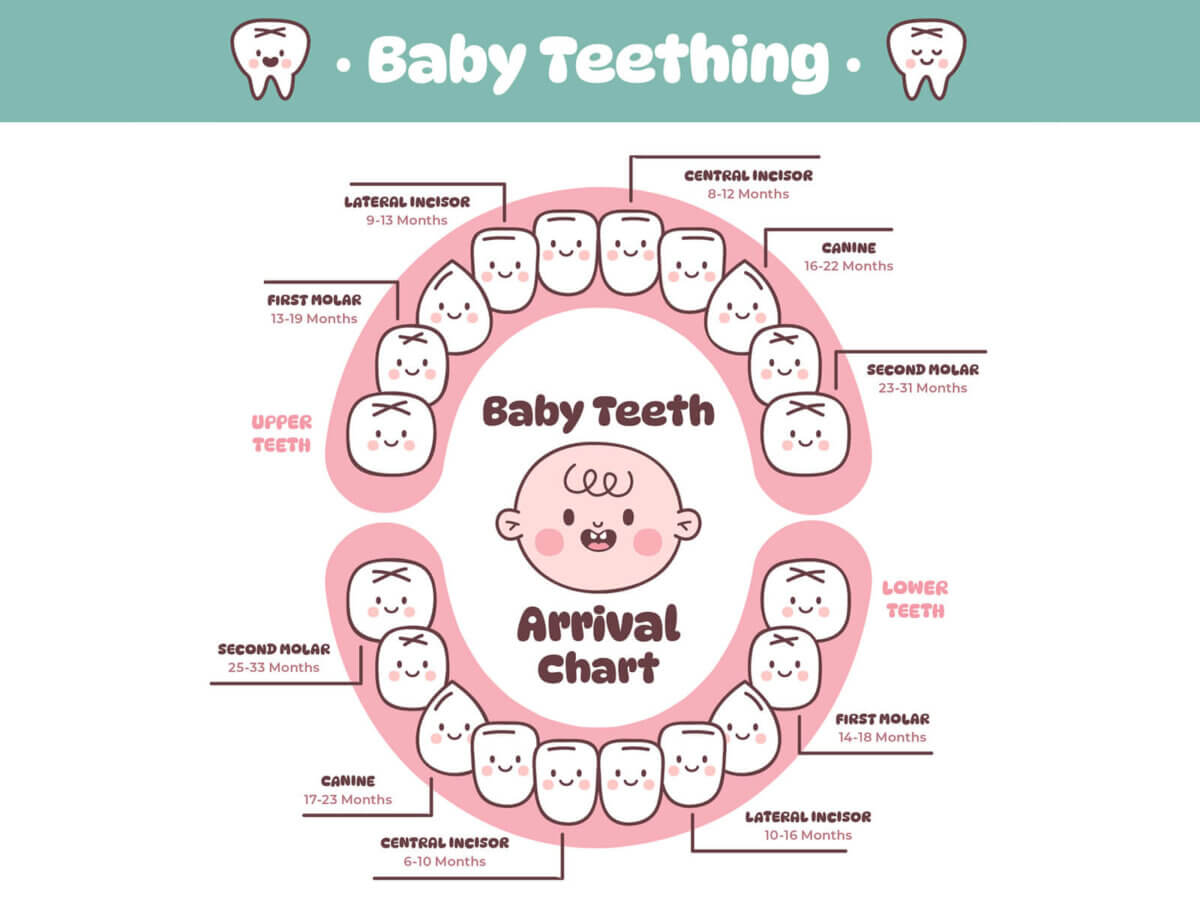Blog
Dental hygiene tips for healthy teeth & gums

What Are The Stages of A Child’s Teeth?
Pediatric dentistry focuses on the oral health of children from infancy through adolescence, including the development and care of their teeth. Understanding the stages of a child’s teeth is vital for parents and caregivers to provide proper dental care. In this article, we will explore the different stages of a child’s teeth and discuss important aspects related to pediatric dentistry.
Different Stages of a Child’s Teeth
Below, we have discussed the different stages of a child’s teeth that you, as a parent or caregiver, must be aware of:
Primary Teeth (Baby Teeth)
- Eruption: The first set of teeth, known as primary or baby teeth, begin to emerge around six months of age. In most cases, a child has 20 primary teeth by the time they reach the age of three.
- Function: These teeth play a vital role in chewing, speech development, and maintaining space for permanent teeth.
- Care: It’s important to care for primary teeth by brushing them twice a day with fluoride toothpaste and scheduling regular dental check-ups to monitor their health.
Transitional Stage
- Shedding: Around the age of six, children start to lose their primary teeth as permanent teeth begin to erupt.
- Mixed Dentition: During this stage, children have a mix of primary and permanent teeth. This stage requires careful attention to oral hygiene and dental visits for proper monitoring.
Permanent Teeth
- Eruption: Permanent teeth typically start to erupt between the ages of six and eight, beginning with the first molars and central incisors.
- Function: These teeth serve as long-term functional and aesthetic components, supporting chewing, speaking, and facial structure.
- Care: Proper care of permanent teeth includes regular brushing and flossing, fluoride treatments, sealants, and preventive measures like orthodontic evaluations.
What Are Some Orthodontic Considerations for Kids’ Teeth?
- Here are the two most important considerations for kids’ teeth that you should keep in mind:
- Early Intervention: Pediatric dentists can recommend orthodontic treatment for your kid at the age of seven to detect any potential alignment issues early.
- Braces: If orthodontic treatment is necessary, braces or aligners will be recommended for your kid to correct misalignments and ensure proper tooth development.
What Is the Importance of Pediatric Dentistry?
Below are a few reasons that highlight why pediatric dentistry is important:
- Preventive Care: Regular dental visits for children are essential for preventive care. They detect dental issues early and educate on proper oral hygiene practices.
- Education: Pediatric dentists not only treat dental problems but also educate children and parents on oral health habits, diet choices, and the importance of dental care.
- Emotional Support: Pediatric dental professionals provide children with a supportive and comforting environment. This helps them overcome dental anxiety and develop positive dental experiences.
Conclusion
Understanding the stages of a child’s teeth is crucial for promoting lifelong oral health. From the eruption of primary teeth to the transition to permanent teeth and orthodontic considerations, pediatric dentistry plays a vital role in ensuring healthy smiles for children. Parents and caregivers can support dental health by practicing good oral hygiene habits, scheduling regular dental check-ups, and seeking early intervention. By working together with pediatric dental professionals, you can give your children the best start for a lifetime of healthy teeth and smiles.


